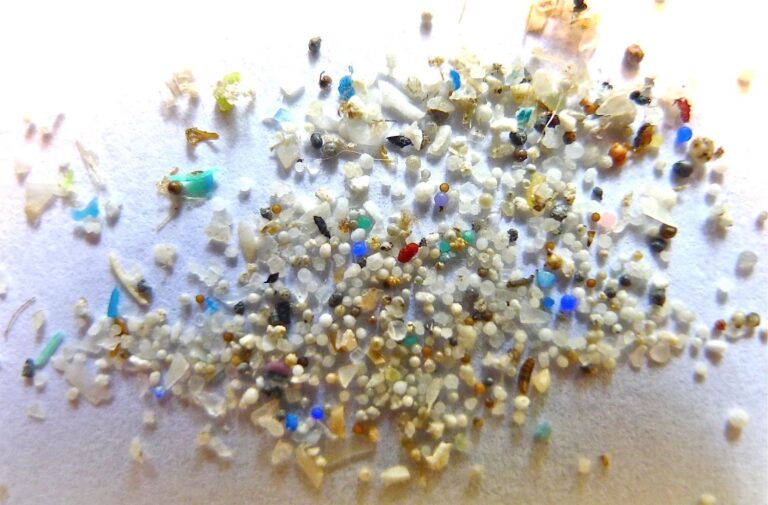
Per- and polyfluoroalkyl substances (PFAS), often referred to as "forever chemicals," have been a topic of growing concern for environmental scientists, public health experts, and regulatory agencies. These synthetic chemicals, known for their persistence in the environment and resistance to degradation, have been widely used in various industrial applications and consumer products for decades. While they provide certain desirable qualities, such as stain and water resistance, the adverse effects of PFAS on both the environment and human health have prompted calls for stricter regulations and a reevaluation of their use. Let's explore the top three reasons why PFAS are considered bad for our world and well-being.
Indestructible Nature
One of the most alarming properties of PFAS is their environmental persistence. PFAS are resistant to heat, water, and oil, which makes them incredibly durable and long-lasting. Once released into the environment, they do not break down easily—in fact, they can persist for years or even decades. This resistance to natural degradation processes means that PFAS can accumulate over time, leading to increasing concentrations in soil, water, and air.
Bioaccumulation
The tendency of PFAS to bioaccumulate poses another serious environmental threat. Bioaccumulation occurs when a substance builds up in an organism at a rate faster than it can be metabolized or excreted. PFAS are known to accumulate in the tissue of living organisms, including wildlife and humans. This accumulation can lead to biomagnification, where the concentration of PFAS increases as it moves up the food chain. As top predators consume organisms with PFAS, they can end up with significantly higher levels of these chemicals in their bodies, which can be harmful to their health.
Human Health Concerns
The widespread use and persistence of PFAS have led to ubiquitous exposure, with detectable levels found in the blood of people and animals worldwide. This exposure is concerning because PFAS have been linked to a variety of health problems. Research suggests that certain PFAS may affect the reproductive and developmental processes, interfere with hormone function, and weaken the immune system. Studies have also found associations between PFAS exposure and an increased risk of certain cancers, such as kidney and testicular cancer.
Impacts on Wildlife
The health implications of PFAS are not limited to humans; wildlife is also at risk. PFAS can disrupt the reproductive and developmental processes of various species, leading to population declines and disruptions in the ecosystem. For instance, the presence of PFAS in water bodies can affect fish and amphibians, leading to altered growth, reduced fertility, and increased mortality rates. Birds exposed to PFAS may lay eggs with thinner shells, which can break more easily, reducing hatchling survival rates.
Cleanup and Remediation Costs
The cleanup of PFAS-contaminated sites is another significant concern. Due to their chemical stability, removing PFAS from the environment is both challenging and expensive. Traditional remediation techniques, such as pumping and treating groundwater or excavating contaminated soil, are often ineffective at completely eliminating PFAS. Advanced methods, such as high-temperature incineration or specialized filtration systems, can be more successful but come with high costs and technical difficulties. The economic burden of PFAS remediation is substantial, with expenses often falling on taxpayers and communities affected by the contamination.
Regulatory Hurdles
Regulating PFAS is complicated by the vast number of chemicals in this class—over 4,700—and the variations in their chemical structures and properties. This diversity makes it challenging to assess and manage the risks associated with PFAS as a whole. Moreover, the lack of comprehensive toxicological data for many PFAS compounds hinders the establishment of regulatory standards and safety guidelines. Currently, regulations vary widely between regions and countries, with some taking a more proactive approach than others. The inconsistency in regulatory frameworks complicates efforts to address PFAS contamination on a global scale.
The durability that once made PFAS attractive for various applications is now the source of their notoriety. The environmental persistence, potential for bioaccumulation, and associated health risks to humans and wildlife are the primary reasons why PFAS are considered bad. Furthermore, the economic and regulatory challenges related to PFAS contamination underscore the need for a concerted effort to manage these chemicals more effectively.
As we move forward, it is crucial to balance the beneficial uses of PFAS with the need to protect public health and the environment. This may involve developing safer alternatives, improving waste management practices, and implementing more stringent regulations. Addressing the PFAS problem will require collaboration between scientists, industry, policymakers, and the public to ensure that the legacy of "forever chemicals" does not lead to lasting damage to our planet and our health.





